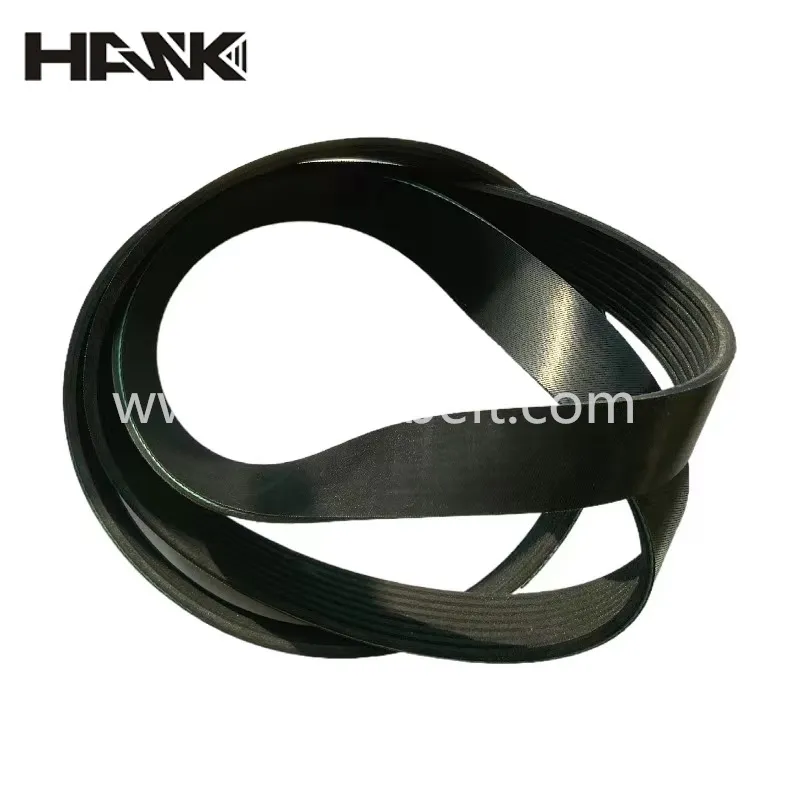- Arabic
- French
- Russian
- Spanish
- Portuguese
- Turkish
- Armenian
- English
- Albanian
- Amharic
- Azerbaijani
- Basque
- Belarusian
- Bengali
- Bosnian
- Bulgarian
- Catalan
- Cebuano
- Corsican
- Croatian
- Czech
- Danish
- Dutch
- Afrikaans
- Esperanto
- Estonian
- Finnish
- Frisian
- Galician
- Georgian
- German
- Greek
- Gujarati
- Haitian Creole
- hausa
- hawaiian
- Hebrew
- Hindi
- Miao
- Hungarian
- Icelandic
- igbo
- Indonesian
- irish
- Italian
- Japanese
- Javanese
- Kannada
- kazakh
- Khmer
- Rwandese
- Korean
- Kurdish
- Kyrgyz
- Lao
- Latin
- Latvian
- Lithuanian
- Luxembourgish
- Macedonian
- Malgashi
- Malay
- Malayalam
- Maltese
- Maori
- Marathi
- Mongolian
- Myanmar
- Nepali
- Norwegian
- Norwegian
- Occitan
- Pashto
- Persian
- Polish
- Punjabi
- Romanian
- Samoan
- Scottish Gaelic
- Serbian
- Sesotho
- Shona
- Sindhi
- Sinhala
- Slovak
- Slovenian
- Somali
- Sundanese
- Swahili
- Swedish
- Tagalog
- Tajik
- Tamil
- Tatar
- Telugu
- Thai
- Turkmen
- Ukrainian
- Urdu
- Uighur
- Uzbek
- Vietnamese
- Welsh
- Bantu
- Yiddish
- Yoruba
- Zulu
Nov . 19, 2024 17:49 Back to list
v-belt
The Importance of V-Belts in Modern Mechanical Applications
V-belts are an essential component in a wide array of mechanical systems, playing a crucial role in the transmission of power and motion. Found in everything from industrial machinery to household appliances, these belts are designed to efficiently connect rotating shafts and facilitate the transfer of energy. Understanding the design, function, and applications of V-belts can enhance our appreciation for their significance in modern engineering.
What is a V-Belt?
A V-belt is a type of conveyor belt that has a trapezoidal cross-section. This unique shape allows the belt to fit snugly into corresponding grooves on pulleys, providing a larger surface area for contact. As a result, V-belts can handle higher loads and transmit more power than flat belts. V-belts are typically made from a mix of rubber and fabrics, sometimes with additional materials to enhance their strength, flexibility, and durability.
Key Advantages of V-Belts
1. Efficiency V-belts are known for their high efficiency in power transmission. The wedged design allows for a greater grip on the pulley, minimizing slippage. This ensures optimal performance and reduces energy losses compared to other belt types.
2. Compact Design The compact nature of V-belt systems allows machines to be designed with smaller dimensions, saving valuable space in manufacturing setups and vehicle designs. This is particularly beneficial for industries where maximizing space is crucial.
3. Cost-Effectiveness V-belts are generally more affordable than alternative power transmission systems, such as chain drives or gear drives. Their relatively low cost, combined with ease of installation and maintenance, makes them an attractive option for many applications.
4. Durability High-quality V-belts are designed to withstand harsh environmental conditions, including extreme temperatures and exposure to chemicals. This durability extends their lifespan, making them a reliable choice for long-term use.
v-belt

Applications of V-Belts
The applications of V-belts are vast and varied. In automotive engineering, they are used to connect the engine's crankshaft to various accessories, such as the alternator, power steering pump, and air conditioning compressor. The reliability of V-belts in these systems is critical because any failure can lead to significant performance issues or costly repairs.
In industrial settings, V-belts are employed in conveyor systems, machinery drives, and HVAC systems. They power equipment in manufacturing plants, such as lathes, milling machines, and mixers, where precision and consistency are paramount. Their ability to handle high loads while maintaining efficiency makes them indispensable in these environments.
Household appliances also utilize V-belts, particularly in washing machines, food processors, and vacuum cleaners. Their silent operation and compact design make them suitable for these applications, where noise reduction and space optimization are essential.
Maintenance of V-Belts
To ensure the longevity and performance of V-belts, regular maintenance is vital. This includes checking for signs of wear and tear, such as cracks, fraying, or glazing. Proper tensioning is another crucial aspect; a belt that is too loose can slip, while one that is too tight can cause premature wear on the belt and the connected components. Additionally, it is important to keep the pulleys and belts clean from debris or contaminants that may cause damage or affect performance.
Conclusion
In conclusion, V-belts are a fundamental component in numerous mechanical systems, delivering efficient power transmission and contributing to the smooth operation of various machinery and devices. Their advantages in efficiency, compactness, cost-effectiveness, and durability truly make them a vital aspect of modern engineering and manufacturing. Whether in an industrial setting, automotive use, or household appliances, the importance of V-belts cannot be overstated. As technology continues to advance, the role of V-belts will inevitably evolve, but their core function in power transmission will remain indispensable. Understanding and maintaining these essential components is crucial for anyone involved in mechanical design, manufacturing, or maintenance.
-
High-Performance Serpentine Belt for Car Engines – Durable & Reliable
NewsJul.23,2025
-
High Efficiency V Belt Drive with Double & Toothed Options for Industry
NewsJul.22,2025
-
Affordable Fan Belt Cost - Compare Prices & Save | Auto Parts Deals
NewsJul.22,2025
-
China Factory 6PK1130 EPDM Rubber Engine Conveyor Belt Supplier
NewsJul.21,2025
-
Korean Auto Parts Timing Belt 24312-37500 For Hyundai/Kia
NewsMar.07,2025
-
7PK2300 90916-T2024 RIBBED BELT POLY V BELT PK BELT
NewsMar.07,2025

